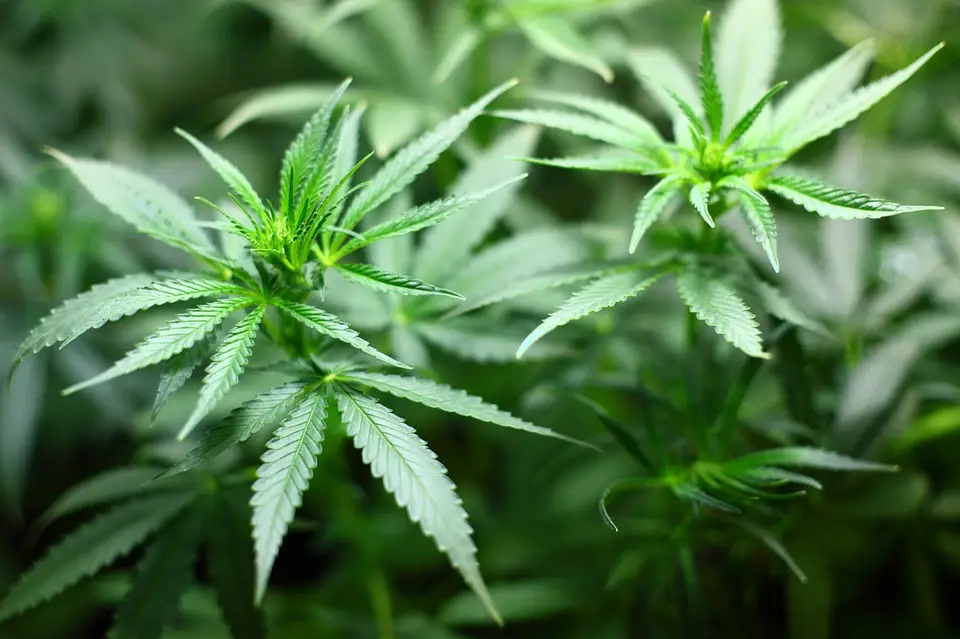The data is more and more overwhelming that pot use among young people can be very dangerous. This is a well done blog article that every parent must read.
More Evidence Pot May Damage the Teen Brain
Brain scans show that some adolescents who’ve tried marijuana just a couple of times exhibit significant increases in the volume of their gray matter.
These changes were associated with increased risk of anxiety, and decreased ability on thinking and memory tests.
“It is important to understand why some people may be more vulnerable to brain effects of cannabis at even the earliest stages of use, as it might give us some insight into why some people transition to substance misuse while others do not,” said lead researcher Catherine Orr. She is a lecturer at Swinburne University of Technology in Melbourne, Australia.
“Also, if we can identify some of the factors that place people at greater risk of these brain effects, we need to let people know what they are so that they can make informed decisions about their substance use,” Orr continued.
However, these findings are inconsistent with earlier studies that have found no significant long-term changes in brain structure or deficits in memory, attention or other brain function that can be attributed to pot use, said Paul Armentano, deputy director of NORML, an advocacy group for reform of marijuana laws.
“The notion that even low-level exposure to cannabis results in significant brain changes is a finding that is largely out of step with decades worth of available science,” Armentano said. “Therefore, these findings ought to be regarded with caution.”
Most studies involving the effects of pot on the brain focus on heavy marijuana users. These researchers wanted to focus instead on what might happen as teens experiment with marijuana.
To that end, they gathered brain scan data obtained as part of a large research program investigating brain development and mental health in teens.
The researchers examined brain imaging of 46 kids, aged 14 years, from Ireland, England, France and Germany, who reported trying pot once or twice. They also looked at the teens’ scores on cognitive and mental health tests.
The teens’ brains showed greater gray matter volume in brain areas more affected by pot, when compared with kids who’d never toked, the study authors said.
“The regions of the brain that showed the volume effects map onto the parts of the brain that are rich in cannabinoid receptors, suggesting that the effects we observe may be a result of these receptors being stimulated by cannabis exposure,” Orr said.
Regions most affected by weed were the amygdala, which is involved in processing fear and other emotions, and the hippocampus, which is involved with memory and reasoning, the researchers said.
The findings were published Jan. 14 in the Journal of Neuroscience.
Senior study author Hugh Garavan said, “You’re changing your brain with just one or two joints.” Garavan is a professor of psychiatry with the University of Vermont.
“Most people would likely assume that one or two joints would have no impact on the brain,” he added in a university news release.
Researchers can’t say whether these changes in the structure of the brain are permanent, Orr said. There are a lot of things that influence brain development in teens that can’t be ruled out by the data at hand.
“The imaging technology we have does not let us disentangle what differences in the adult brain may be a result of smoking pot once or twice as a 14-year-old from what differences are due to studying a second language or playing video games as a teen,” Orr said.
Yasmin Hurd, director of the Addiction Institute at Mount Sinai, in New York City, said one would expect some things to return to normal if a teen tries marijuana a couple of times and then stops.
“I would be very surprised if just a few exposures to marijuana would cause irreparable damage,” Hurd said.
On the other hand, even temporary changes in brain structure might make a person more predisposed to emotional or cognitive problems later in life, Hurd added.
Orr suggested that “if they may then use drugs later in life or are exposed to excessive stresses later in life, they’re much more vulnerable. This indicates that any drug use leaves a trace in the brain. Whether that trace has long-term consequences for subsequent disorders, that’s something that really needs to be researched.”



